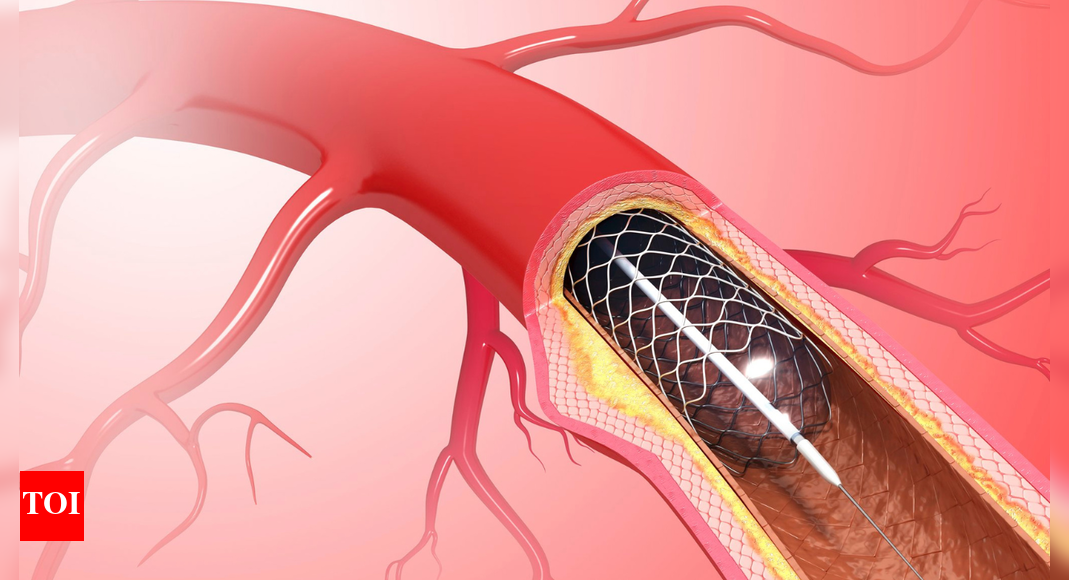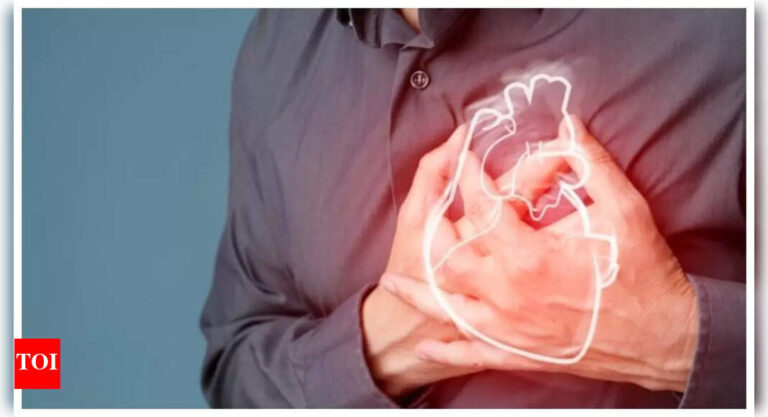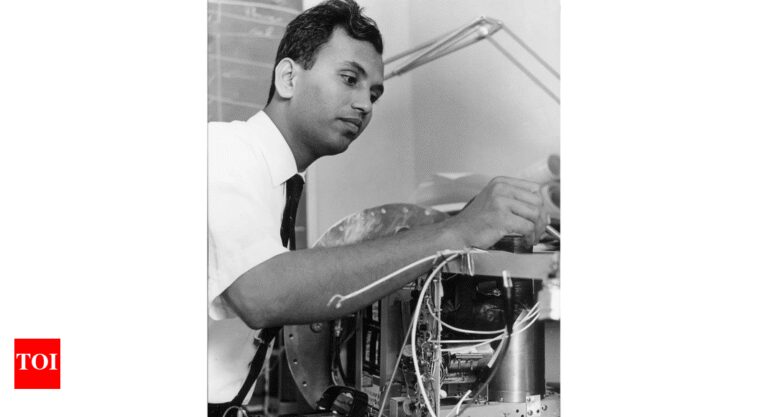
A small cramp in the pinky toe does not sound serious, but physicians say it may at times be indicative of more serious blood-circulation problems. If the smallest toe continues to cramp without apparent reason, it could be an indicator of inadequate blood flow in the lower extremities, a condition known as peripheral artery disease (PAD). With time, it can further be associated with an increased risk of heart disease.
The science behind this

The pinky toe or fifth toe receives its blood from small peroneal and plantar artery branches. When the arteries begin to constrict with fatty deposits or with a build-up of plaque, blood flow to the furthest areas of the foot diminishes. This decreased circulation can cause cramping, numbness, or pain which typically starts in the smallest toes. Experts describe that a vascular cramp is distinct from a normal muscle spasm. A normal cramp typically occurs in the calf or arch and resolves on its own, whereas a vascular cramp may manifest as a dull sensation or tightness with recurring frequency, particularly at night. It can also be accompanied by coldness, pale color, or mild numbness in the area.
What it means for heart health

Peripheral artery disease is not a leg problem alone. It is a mirror image of the same process of narrowing of the arteries that might occur in the heart. This implies that individuals who develop PAD are likely to experience heart attacks or other cardiovascular issues later in life. When blood flow is obstructed in small arteries of the feet, it may indicate that such obstructions are happening elsewhere. That is why paying attention to these warning signs is important.
What causes Peripheral Artery Disease
Peripheral artery disease, is primarily caused by atherosclerosis, a condition that is defined by plaque or fatty deposits in the walls of the arteries, in turn narrowing them and reducing the blood flow to the limbs, especially the legs, thereby also affecting our toes.Several risk factors contribute to the development of PAD, including smoking, diabetes, high blood pressure and obesity. If left untreated, PAD can lead to serious complications, including critical limb ischemia.
Early signs not to overlook

In addition to pinky toe cramps, some early warning signs of circulation issues might include:
- Tingling or numbness in toes or feet
- Cold feet even on warm days
- Pale, bluish, or shiny-looking skin
- Slow healing of small cuts or blisters
- Pain on walking that relieves with rest
When it might not be circulation
Occasionally ,pinky toe cramps are a result of more straightforward causes. Typical reasons include:
- Dehydration or low magnesium, potassium, or calcium levels
- Small shoes constricting movement
- Irritation of nerves from the lower back
- Overuse or muscle exhaustion
The distinction is that vascular cramps tend to recur in the same location, are accompanied by changes in skin color or temperature, and often get worse over time.
What works
- If the cramps recur frequently, physicians recommend some lifestyle tests:
- Arrange a cardiovascular screening if you smoke, have diabetes, or high cholesterol
- Walk every day to aid improved circulation
- Keep hydrated and have equilibrium electrolytes
- Wear well-fitted shoes
- Consume foods that are rich in omega-3, fiber, and antioxidants to maintain healthy arteries
If these issues persist, do not wait and consult a medical health professional immediately. Prompt diagnosis can help curb this disease.








